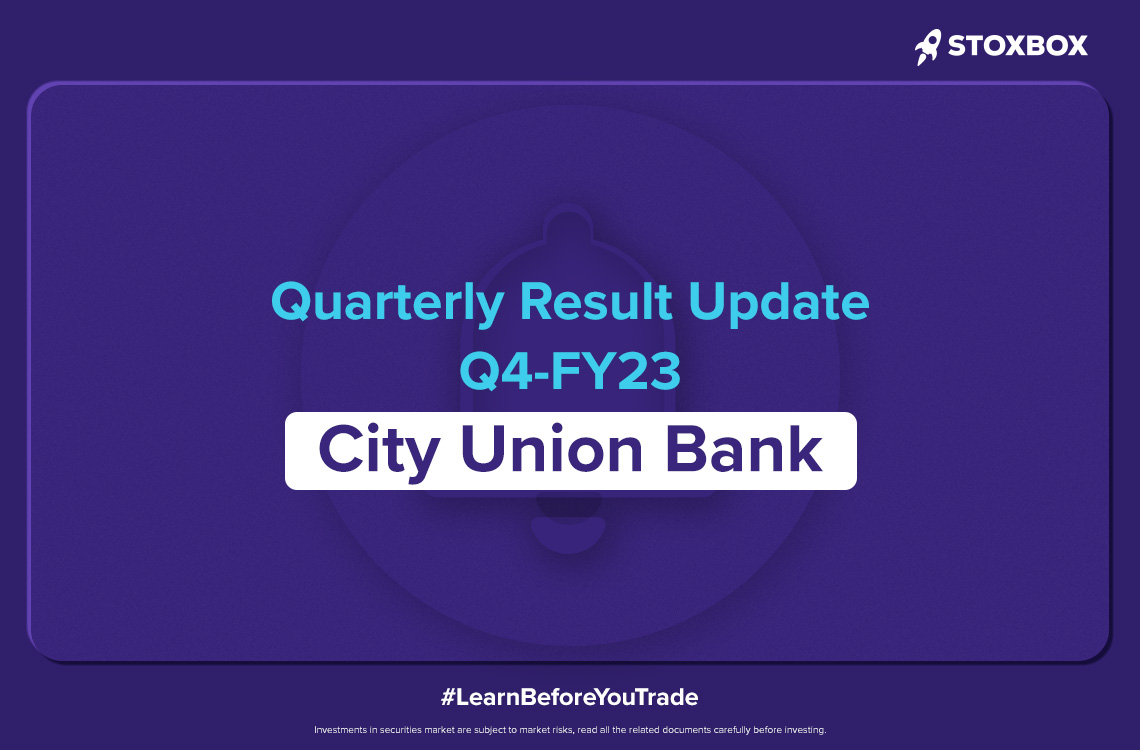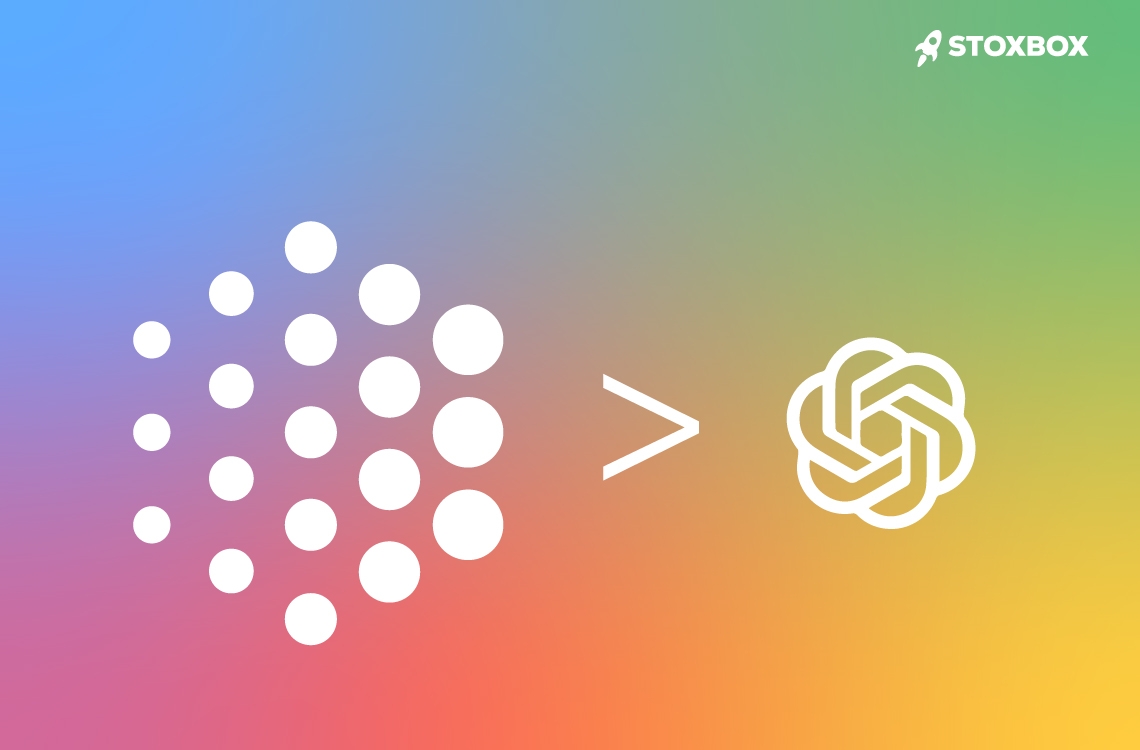Introduction:
In a groundbreaking development this month, two studies showcased the prowess of Artificial Intelligence (AI) in the stock market. These studies utilised ChatGPT, an AI-powered chatbot, to perform tasks such as deciphering the sentiment of Federal Reserve remarks and determining whether stock-related news stories were favourable or unfavourable.
The successful completion of these tests indicates a potentially significant advancement in using technology to transform vast amounts of textual information into valuable trading signals.
This article explores the implications of this breakthrough and delves into the pros and cons of AI in stock market predictions.
How does AI make predictions?
Both studies leveraged ChatGPT, an AI model developed by OpenAI, to process and analyse various market-related texts, ranging from news articles to tweets and speeches. The chatbot demonstrated remarkable abilities in determining whether Federal Reserve remarks were hawkish or dovish, as well as identifying the sentiment behind stock-related news stories.
While similar language models have been utilised by quantitative analysts (quants) on Wall Street, the results indicate that OpenAI’s technology has achieved a new level of context and nuance processing.
Pros of AI in Stock Market Predictions:
- Enhanced Data Processing: AI algorithms, like ChatGPT, possess the capability to process vast amounts of textual data rapidly. This enables traders to analyse and interpret market-related information more efficiently, potentially uncovering hidden patterns and insights.
- Contextual Understanding: AI models, with their ability to comprehend context and nuance, can offer a deeper understanding of market sentiments. By analysing the sentiment behind news articles, speeches, and social media posts, AI can provide traders with valuable insights into market trends and investor sentiment.
- Objective Decision Making: AI-driven predictions can reduce human biases and emotions that often influence trading decisions. By relying on data-driven analysis, AI can provide more objective recommendations, potentially leading to more informed and disciplined trading strategies.
Cons of AI in Stock Market Predictions:
- Data Limitations: While AI algorithms excel at processing large volumes of data, they heavily rely on the quality and relevance of the data provided. Inaccurate or biased data can lead to flawed predictions.
- Black Box Nature: AI models, especially deep learning algorithms, often operate as “black boxes,” making it challenging to explain the reasoning behind their predictions. This lack of interpretability may raise concerns among traders and regulators who require transparency in decision-making processes.
- Risk of Overreliance: Depending solely on AI predictions without considering other fundamental and technical indicators can be risky. Market dynamics are complex and influenced by multiple factors, including economic conditions, geopolitical events, and investor behaviour. AI should be viewed as a tool that complements traders’ expertise rather than a substitute for thorough analysis.
Can AI Help Traders?
The use of AI, such as ChatGPT, in stock market predictions holds great potential. By leveraging advanced natural language processing and machine learning techniques, AI can augment traders’ decision-making processes.
However, it is important to recognise that AI is not foolproof and should be used as part of a comprehensive trading strategy. Human intuition, domain expertise, and critical thinking remain invaluable assets in the dynamic and ever-evolving world of finance.
Stoxbox doesn’t use AI. It is backed by strong fundamentals and experts’ research that can be relied upon. Check out the Pro Tips and Mentor Box section to get inputs on when to buy, hold and sell.
AI should be balanced with human judgement and a comprehensive understanding of market dynamics.
You might also Like.
City Union Bank Quarterly Result Update
Originally known as The Kumbakonam Bank Limited, City Union Bank...




